The need for fire training is explained by the high frequency of fires in enterprises. Unfortunately, property, buildings and structures can burn out due to ignition, and people can be injured. Therefore, fires should be taken seriously, comply with fire safety rules, so as not to create dangerous situations.
What is a briefing?
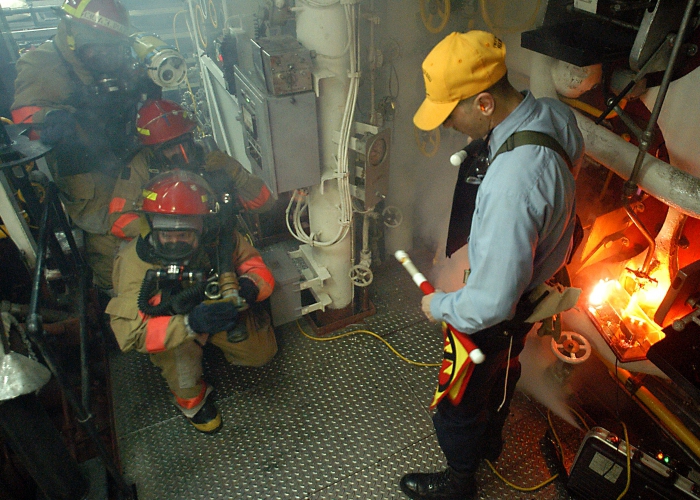
Fire training should be carried out absolutely at all enterprises and organizations, regardless of their type of activity. Its main goal is to notify labor workers of the basic fire safety requirements, to familiarize them with the dangers of various production processes and equipment, to demonstrate protective equipment and their working mechanisms, and also to explain how to act in case of fire.
Briefing
The main types of training and familiarization of employees of the organization with fire safety measures are fire briefing and the study of a minimum of fire-technical knowledge. They are carried out in accordance with the federal law of the Russian Federation “On Fire Safety”. The organization of the fire briefing is assigned to the administration of the enterprise (or the owners of the enterprise). Acquaintance of workers with all necessary fire-fighting measures should take place not only in accordance with the legislation on fire safety, but according to specialized programs previously approved by the authorized bodies.
Matters to be discussed
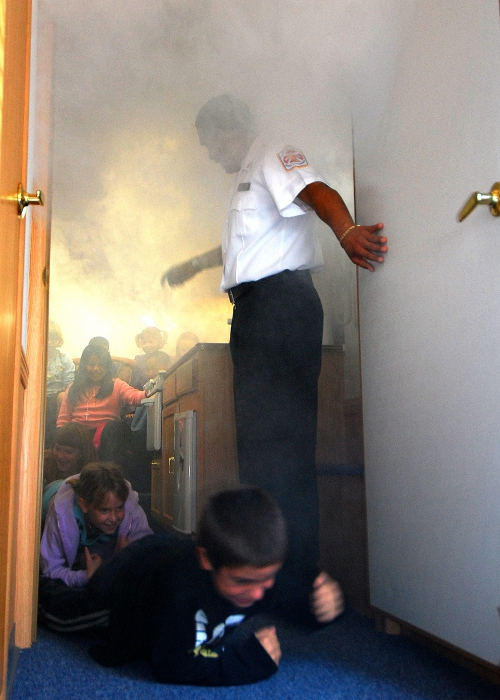
During the briefing, employees should consider:
- Rules for the maintenance of premises (buildings, structures), as well as the adjacent territory. The contents of the evacuation routes, water pipe systems, fire warning systems at the enterprise (organization), as well as the general process of evacuation of all people in the building.
- Specific fire safety requirements in accordance with the production processes carried out at the enterprise, as well as the technological features of the equipment used.
- Measures necessary to ensure safety related to the proper operation of premises, buildings, fixed assets. Precautions when performing fire hazardous work and actions.
- Rules for the use of open flame.
- Necessary actions of employees in case of a flame, fire warning rules and methods of applying fire protection.
5 main types of instruction
To date, the legislation covers such types of fire drill:
1) Introductory - The main and most important view, which is held by all employees of the enterprise.
2) Primary - It is carried out already at a specific workplace.
3) Repeated - held regularly in order to refresh the knowledge of employees of the enterprise.
4) Unscheduled - required to introduce updates and provide additional information.
5) Target - carried out before performing a specific type of work.
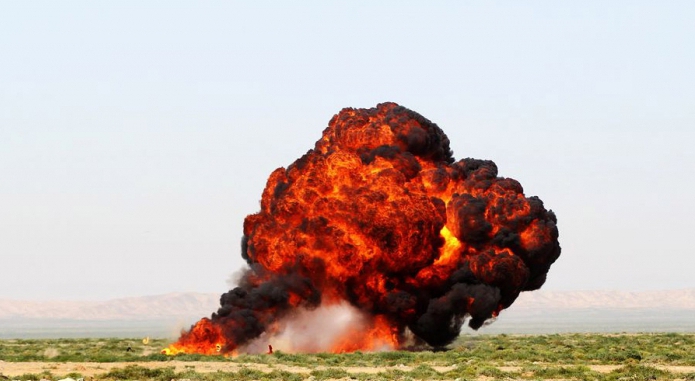
Introductory lecture - the main type of information
Introductory fire training should be carried out with all employees who are issued for work at the enterprise:
- new employees;
- seasonal workers;
- employees who arrived on a business trip;
- employees who undergo an internship or training at the enterprise.
Absolutely all employees (regardless of position, professional experience and level of education) should listen to the introductory instruction. The first working day should begin with it. If the enterprise has a working chemical laboratory, the manager must establish an additional course of introductory instruction for all employees visiting it. As part of the course, all necessary safety measures should be listed, and persons who have not undergone introductory briefing are not allowed to enter the laboratory.
The head of the organization can also, at his own request, conduct an introductory lecture with other categories of workers.
Getting Started - Initial Guidelines
Initial fire briefing takes place immediately after taking office and familiarization with the introductory part. It is carried out at a specific workplace, so it depends on the conditions of the work performed. They should be familiarized with it:
- employees performing new types of work for them;
- seasonal workers;
- employees newly recruited or relocated from other departments;
- employees of other enterprises on a business trip;
- students who have arrived for an internship or practice.
In addition, fire safety briefing at the workplace must be carried out with employees of construction specialties performing installation and repair work on the territory of the enterprise. The primary instruction should be provided separately to each employee of the enterprise, so that he can in practice understand and practice the technique of using fire protection equipment used at the enterprise, as well as the algorithm for correct actions when igniting an object, organizing evacuation and medical assistance to victims.
Primary fire drill: sample
This type of training should begin with an introduction to the evacuation plan. The employee must understand where the exit from the premises is located, fire protection equipment, fire hydrant (or sand). It is also necessary to know under what conditions it is possible to ignite the workplace and the enterprise as a whole. If an employee works with flammable materials, it is also necessary to describe their properties and the circumstances in which they can ignite. Next, the general flammability of the production cycle should be discussed. The employee must understand who is responsible for complying with safety standards and regulations.
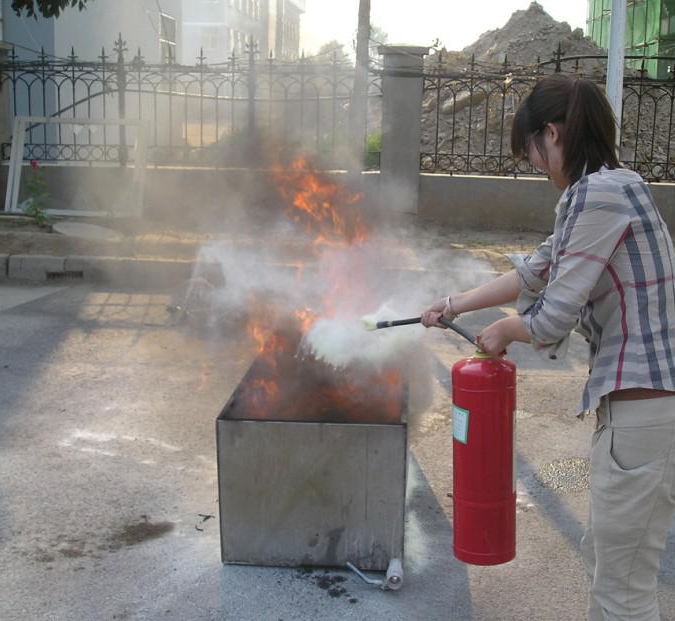
After that, you can go to types of fire extinguishers as well as features and the need for their use in a variety of types of fires. It is necessary to voice the fire extinguishing requirements for electric wires and devices, as well as process equipment, explain to the employee the action plan in cases of fire and smoke formation in the premises. It is very important during this lecture to inform the employee about the methods of informing colleagues about ignition, and also to teach him how to provide first aid to people who suffered during the fire. In conclusion, the specialist responsible for the fire briefing should take stock and announce personal security measures for the new employee.
Repetition - the mother of learning
At the introductory and primary part of the instruction, familiarization of workers with safety rules does not end there. The management of the enterprise (organization) is also obliged to conduct repeated types of fire drill in accordance with the developed schedule. This type of training is organized for all workers present at the introductory and primary parts. Such an event should be carried out every 4-6 months, so that employees always act confidently in cases of fire, know fire regulations, can be controlled with protective equipment.
Re-briefing deadlines
The administration exercises the schedule of repeated exercises at will.To improve the quality of knowledge, legislation allows a reduction in the period between repeated instructions to 1 month, as well as the division of conversations into separate topics and subgroups. However, it is important to understand that repeated fire briefing should not be carried out less than 1 time every six months, otherwise it can be said that the enterprise has failed fire safety standards.
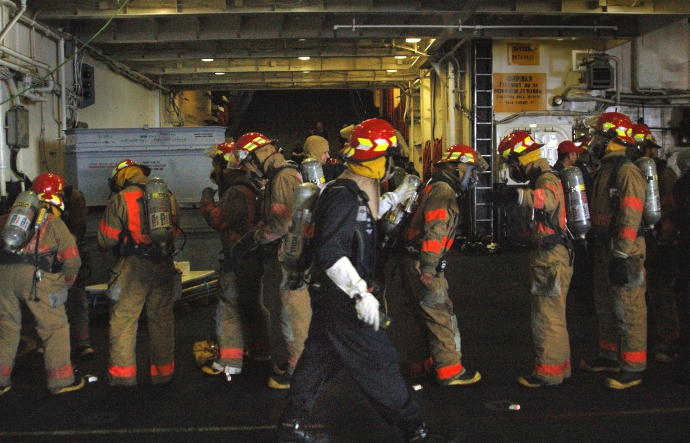
Repeated training can be carried out both individually and in any working group serving the same equipment. During the briefing, the knowledge of employees in the field of fire safety rules, requirements and standards, the ability to use protective equipment and fire fighting equipment, knowledge of evacuation plans and location of warning systems, etc. are checked.
Unscheduled briefing
Training of employees in this form is carried out under certain circumstances, regardless of the schedules and plans drawn up. This type of fire drill should be organized if:
- introduction of new rules and regulations, as well as updating existing safety rules and standards, amendments or additions to fire regulations, laws, other official documentation regulating safety requirements;
- changes or updates of production processes, improvement or replacement of technological equipment, materials and raw materials used, as well as changes in other factors directly related to the flammability of the facility;
- gross violation by the employee (employees) of the organization of fire safety rules, which could cause ignition or caused it;
- the need for additional or more detailed study of the norms, rules and fire safety features in connection with the requirements of public services arising from the identification of a low level of awareness or knowledge among employees of the enterprise;
- interruptions in the technological process with a duration of 31 or more calendar days, and for work for which special requirements are presented, with a duration of 60 or more days;
- receipt of data on accidents and ignitions that occurred at similar enterprises;
- expert opinion on the unsatisfactory knowledge by the employee (employees) of the enterprise of fire safety standards and rules.
Target briefing
The fire training program provides for another equally important type of instruction - the target. In accordance with its name, this briefing is carried out to achieve certain goals. For example, to familiarize yourself with the standards for performing a one-time type of work with a high level of danger (welding, etc.). It is also carried out when it is necessary to eliminate the consequences of a fire, disaster or industrial accident, when organizing excursions and mass trainings with trainees and interns taking place on the territory of the enterprise.
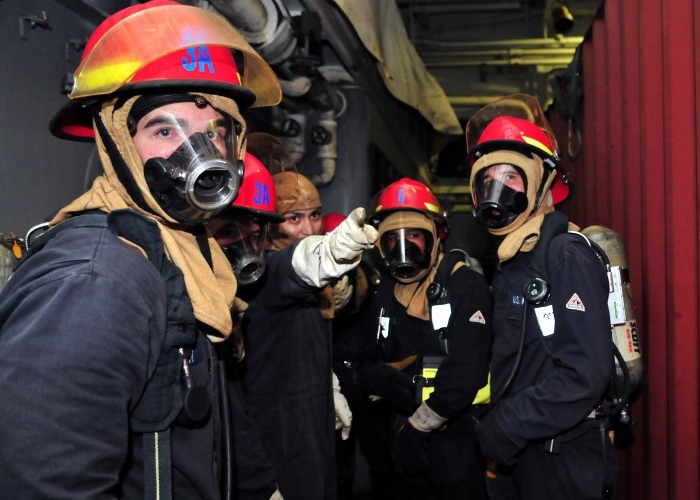
If the organization’s administration plans in the near future to hold large-scale events and meetings (meetings, technology conferences, consortia, workshops), the number of participants of which exceeds fifty people, it is also necessary to think over and organize targeted training in advance.
Another reason to conduct a targeted lecture is the organization of work with fire in the territories of enterprises and organizations where work is carried out with explosive substances. Also, briefing should be carried out before starting work for which a clearance order is issued.
General rules for all types of coaching
An employee who deals with the fire safety condition of an enterprise is usually responsible for fire briefing. In addition, such conversations have the right to conduct managers of specific types of work with a sufficient level of knowledge, qualifications and training. The briefing can be carried out individually or by an organized working group.
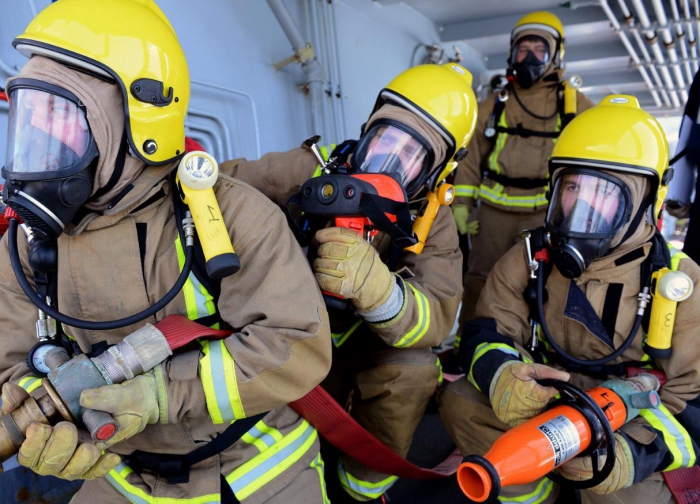
All lectures held must be noted in the fire safety register.The instructor who conducted the training must sign in front of the corresponding mark with the name of the event, and employees must affix a signature confirming that they are familiar with the rules and standards of fire safety.
Responsible persons
The program of introductory fire training is developed by the responsible person in accordance with the established rules and safety standards specified in the legislation. Subsequently, it must be approved by the head of the shop or unit of the enterprise. The fire safety officer appointed by the administration of the enterprise is also responsible for conducting the second briefing.
If the number of employees exceeds 50 people, each of them must demonstrate in practice the knowledge gained during the briefing. The employee must actively act during fire fighting, be able to use the necessary protective equipment, know the directions and escape routes.








